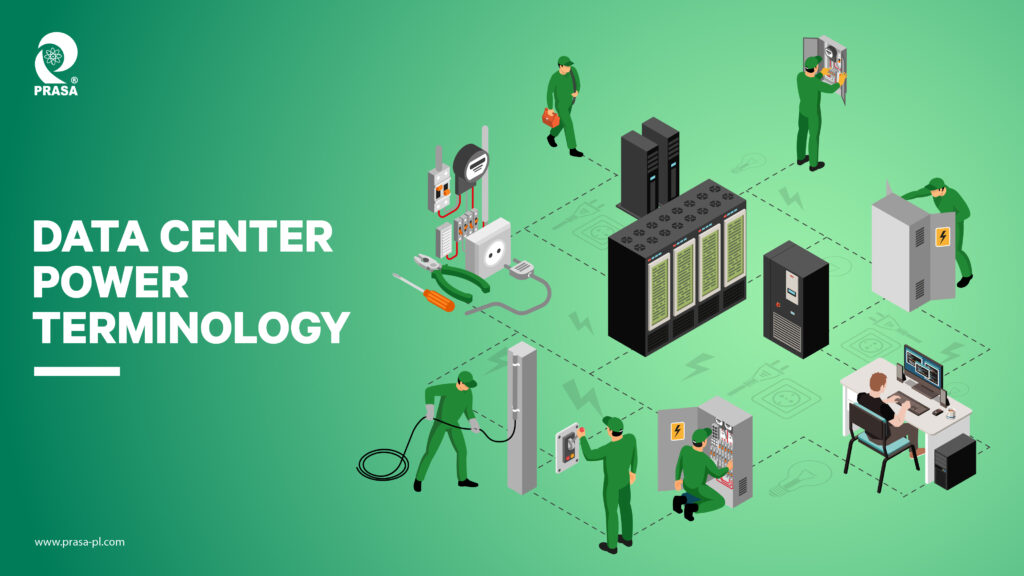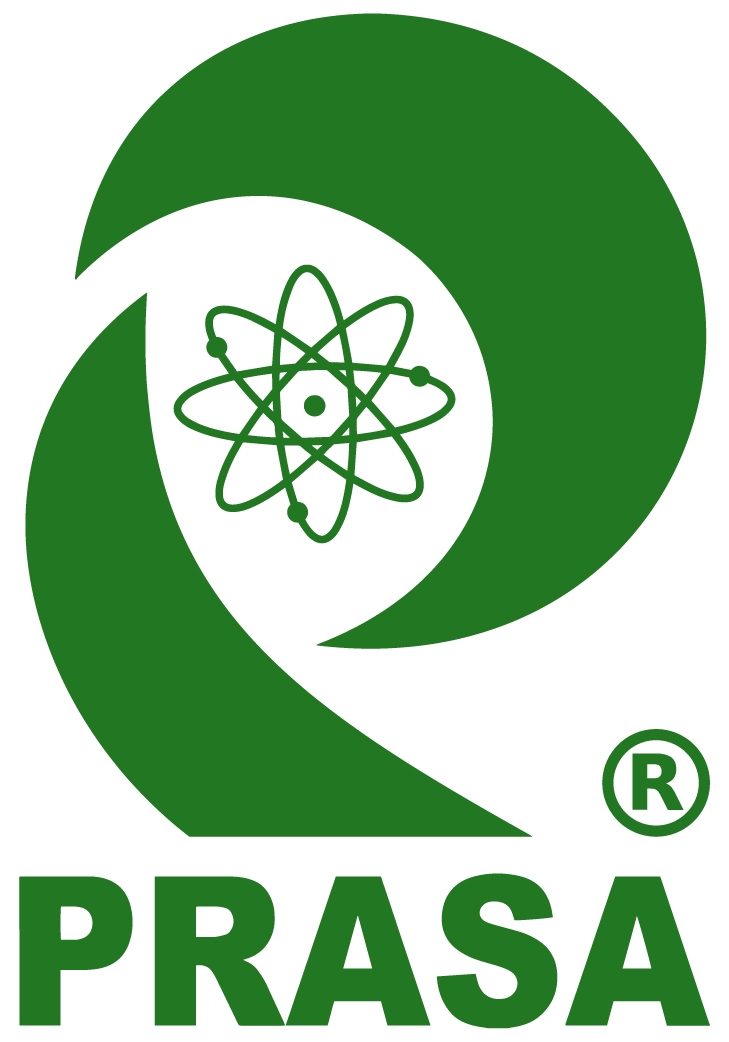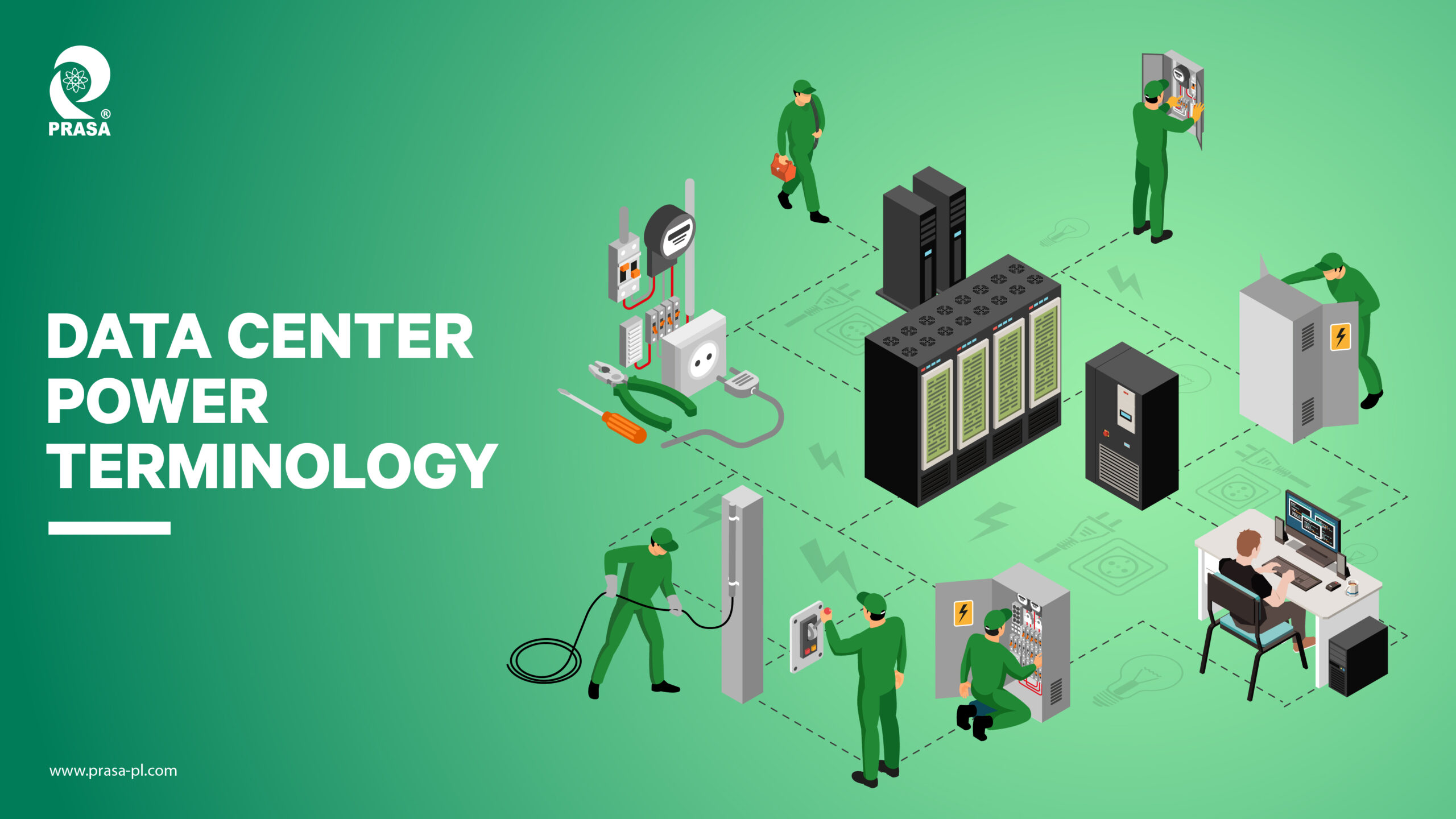
A data center involves many factors. Security, location, and support are all crucial considerations. However, one essential, yet often overlooked aspect, is power. Understanding data center power terminology and calculations empowers you to make informed decisions for your colocation project.
Why Power Matters
Power is the lifeblood of a data center. It keeps your IT infrastructure humming, even during disruptions. It’s also a key element in colocation pricing. By grasping the role of power, you can evaluate data centers and colocation providers with confidence.
Understanding Power Types
Data centers utilize two main power types: Alternating Current (AC) and Direct Current (DC).
AC Power: This is the standard electricity used in homes and businesses. It’s readily available in various voltages, allowing you to simply plug in your equipment. AC is prevalent in colocation for enterprise servers and storage devices.
DC Power: Often associated with batteries, DC power has a constant flow in one direction. In data centers, it’s used in Uninterruptible Power Supplies (UPS) that seamlessly switch from utility power to generators during outages. DC also powers specific IT hardware like network switches and routers.
Power Measurement Units
Now, let’s delve into the units used to measure power:
Ampere (Amp): Amps (A) measure the electrical current flowing through a circuit. Imagine it as the amount of electricity powering your devices.
Volt (V): Volts (V) represent the electrical pressure pushing electricity from the source to your equipment. Think of it like water pressure in a pipe.
Watt (W): Watts (W) indicate the actual power consumption of your device. It’s calculated by multiplying volts by amps (W = V x A). A 208V/30A circuit supplying your server rack translates to 6,240W of power capacity.
Kilowatt (kW): Kilowatts (kW) are the standard units for measuring electricity. One kW equals 1,000 watts. Your 6,240W circuit translates to 6.24kW. kW helps determine your total power draw, crucial for colocation planning.
Kilowatt Hour (kWh): Kilowatt hours (kWh) measure the amount of energy your device consumes over time. Utility companies use kWh for billing. For example, a 400W server running 24 hours consumes 9.6kWh, costing roughly $1.25 per day at $.139 per kWh (excluding cooling costs).
Kilovolt Amp (kVA): Kilovolt Amps (kVA) measure the apparent power in a circuit. It’s most relevant for generators and transformers.
Single-Phase vs. Three-Phase Power
Data centers primarily offer single-phase power, utilizing one conductor for power delivery. This is cost-effective for most colocation needs. However, high-density colocation environments might utilize three-phase power, offering greater efficiency and higher power capacity through three conductors.
Megawatts (MW): Lastly, megawatts (MW) represent large-scale power. Used for wholesale colocation, MW is relevant for customers requiring power for thousands of servers. Wholesale power costs vary by location and provider, ranging from $.04 to $.09 per kWh.
Conclusion
Understanding data center power terminology empowers you to navigate colocation conversations with confidence. By knowing your power requirements and the provider’s capabilities, you can make informed decisions to keep your business running smoothly.
Ready to take control of your any power needs? Contact PRASA‘s expert team today! We’re happy to answer any questions and help you choose the perfect power solution for your business. Reach out to us via email at enquiry@prasa-pl.com or call us directly at 8806660084.

